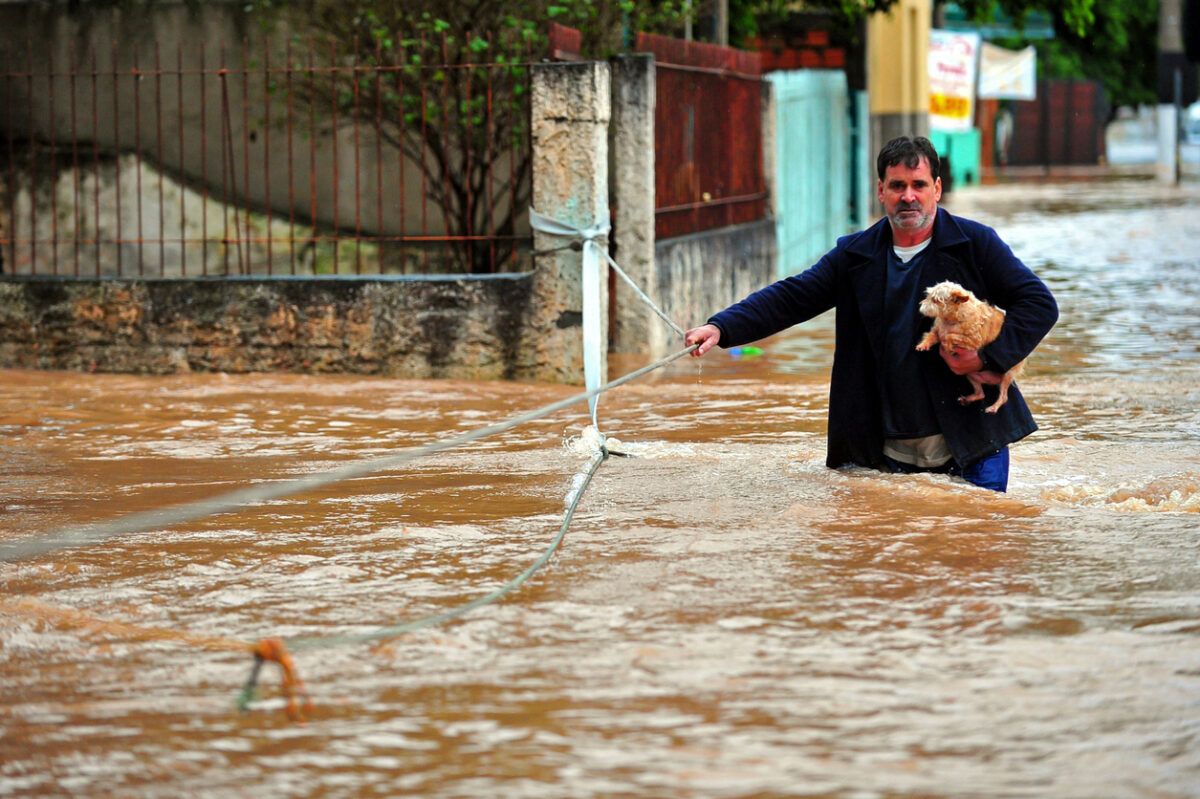We are all too familiar with natural disasters here in Santa Clarita, California, dealing with fires and earthquakes. So, we imagine you are probably familiar with disaster preparation. In any case, we want to give you some tips on creating your pet disaster preparation to keep your furry friends safe.
Have Your Pet Microchipped
Having your pet microchipped will significantly increase the chances of returning your pet to you if you get separated from them. Make sure that you have up-to-date contact information on their chip and that you register it on the manufacturer’s website. If you have not had your pet microchipped, you can book an appointment with us for their microchip. The procedure takes seconds, and no anesthetic is required. We inject the chip between the shoulder blades, and it is relatively painless.
Make a Disaster Preparation Kit
You should have a natural disaster emergency kit but also have one for your pet. By having these things ready to go, you will be able to evacuate at a moment’s notice without leaving behind vital supplies.
- Have a pet carrier for each of your pets (write your pet’s name, your name, and contact information on each carrier).
- Food and water for at least two weeks for each pet
- For cats: litter box and litter
- For dogs: plastic bags for poop
- Medications for at least two weeks
- Put medical records, including vaccination records, prescription medications, and medical history.
- Sturdy leashes or harnesses
- Microchip number
There may be other items that you know your pet specifically requires. You should pack those things as well. The whole point is that you are not caught in a situation where you need something for your pet’s survival and have no way to get it.
Pet Disaster Preparedness Evacuation Plan
Part of your disaster preparation is an evacuation plan. You should make a list of steps that you will follow when dealing with a natural disaster. These are some essential points to help you with your evacuation plan: A disaster, natural or otherwise, will be a stressful time. We suggest you practice your plan as many times as necessary to feel confident you can do it.
- Train your pets to be in their carriers by making it a comfortable place.
- If you can, practice transporting your pet by taking them for rides. If you do not have a car, ask neighbors, family, and friends for help.
- Know where your pet might hide when stressed or scared. Make sure you can get access to your pet quickly. For example, you do not want your pet hiding under the bed. If there is a fire, flash flooding, etc., you may not be able to get your pet out. Here are some ways you can block your pet from hiding under the bed
- Have your entire family practice evacuating with your pets, so everyone knows what to take, where to find the pets, and where to meet.
For help making your plan in case of a disaster, you can visit www.ready.gov/plan.
Summary
When a natural disaster strikes, there is usually no time to prepare. For this reason, having a pet disaster preparedness kit and plan will help you quickly and effectively deal with the disaster. Your plan can mean the difference between life and death.
If you have any questions about natural disaster preparation or need any veterinary services, you can contact us today.
Sincerely,
Jaimie Ronchetto, DVM
Cinema Veterinary Centre

